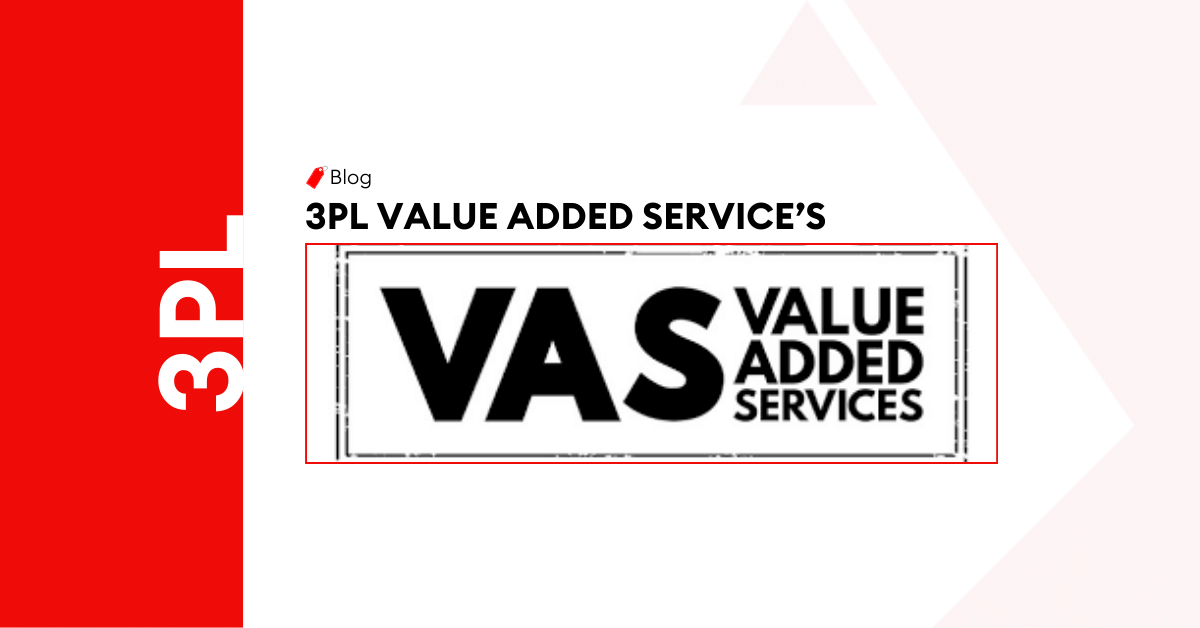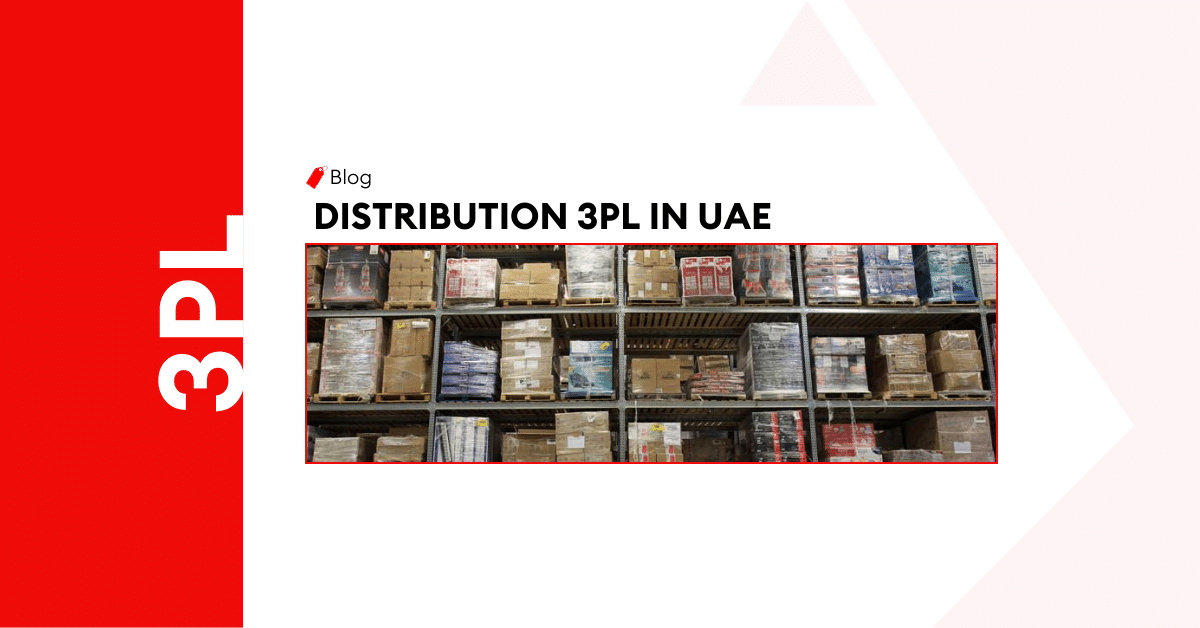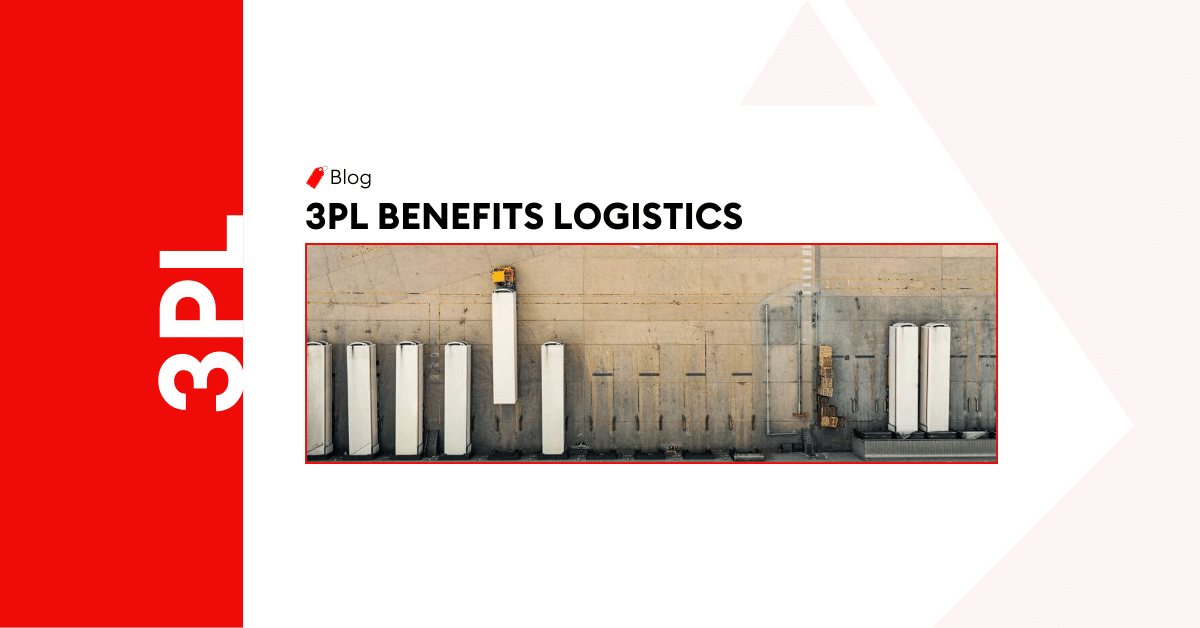
Value-Added Services by 3PL
A warehouse functions as a storage facility for goods. Short or long-term, warehousing serves to keep products in a good shape until they’re ready to be sold, shipped, and distributed.
However, alongside their most common functions, warehousing can offer extensive services to achieve greater efficiency and improved customer satisfaction. These services are regarded as value-added services (VAS).
Looking into that, this article explains how VAS improves supply chain flexibility and agility.
Functions of Operations Within The Warehouse
Warehouse functions are immense. But, fundamentally, the processes include the following operations:
Receiving
Receiving is how the responsibility of stored goods is transferred from the manufacturers to the warehouse managers. When receiving products, warehouse managers ensure products are correct and in good condition.
Storing/Putaway
This is the movement of received goods from the dock to the most appropriate warehouse storage location. Received goods need to be stored in the right place for safety and space maximization.
Picking is when goods are collected to be dispatched to customers who have placed orders. Packing, on the other hand, prepares the items in a sales order so they can be shipped to the customers. Both picking and packing are needed to ensure items leaving the warehouse suffer minimal damages.
Shipping
This is the final warehouse operation. It’s the process that takes the goods from the warehouse to the customer. A shipping operation is considered successful when the right ordered goods reach the right customer through the right means and at the right time.
Many warehousing companies today no longer restrict themselves to traditional operations. They offer customers additional services that provide premium benefits, such as value-added services. That way, the functions are more comprehensive, increasing customer satisfaction.
Besides, VAS is usually tailored to meet customers’ specific needs to achieve a more efficient, flexible, and agile supply chain.
How Diverse Selection Of New Value-Added Services Match Your Company’s Activity
Although VAS is crucial, warehouse managers should aim for diversity when selecting ones that match their company’s activities. With diversity, they can ensure products are well-packed, stored, branded, and strapped so they’re not displaced.
Products like drugs, for instance, will need to be sleeved for maximum safety. But this would be impossible if your VAS selection is linear and binary. Thus, diversity is the way to go.
Also, with diversity, products can be repackaged to fit appropriately into the warehouse storage system. Goods can be dispatched with ease, and packaged products can be tagged for easy recognition.
A diverse VAS selection adopts a barcode system for labeling and faster order processing. It includes seamless financial transactions and ensures effective logistics management.
Factors Included In Value-Added Services
Value-added services consider several factors. Some of these include:
Using VAS, warehouse managers can pay extra attention to ensure products are packed and delivered to their destination uniformly, and on or before the expected date.
Repacking
This is a type of VAS that occurs when a product needs to be changed or reconfigured. Products can be repacked when they need to be moved into the company’s branded packing material or as a result of unique customer demand.
Customization/Configuration
This is the process of changing or configuring a product to adapt to the request, preference, or need of a customer. The feature helps warehouse managers to offer services specific to their customers.
QA Inspection
QA inspection is the process of inspecting warehouse products to identify faults and process anomalies. This service helps to fix issues, sustain continuous improvements, and maintain compliance with warehousing standards.
Quarantine
Items not included in the final pack list, unboarded items, and those requested by warehousing authorities to be removed from the shipment are often quarantined. Quarantine serves to authenticate the credibility of products. Items that fail the quarantined test are either delayed or returned.
Labeling
Labeling is putting identification tags on products. It prevents spending excessive time identifying goods. It also prevents the wrong product dispatch due to mislabeled packaging.
Material Insertion
Material insertion is the strategic placement of shipments within the warehouse. It enables items to be handled with the right equipment and placed in appropriate positions so handlers can reach them without difficulties.
Returns Solution
Returns solution is the process of attending to goods returned by customers after dispatch. It often requires time and effort and can be outsourced for efficiency’s sake. Outsourcing helps address the needs of customers and protect the reputation of your warehouse.
Cross-docking operations allow warehouse companies to move products from the reeving dock to ship them directly. This operation saves time because the storage and distribution processes before shipment will be boycotted. As a result, goods can be delivered to customers faster than expected.
Kitting involves the combination of multiple products into a single package that can be easily picked. During kitting, similar items can be banded, or products that are commonly purchased are paired for packing. This process reduces the cost of transportation and time of product delivery.
Reporting
Reporting is the act of declaring the presence and conditions of items in the warehouse and how they’re represented for ownership transfers. Reports give detailed information about goods in storage. Good reports help warehouses optimize their management processes.
Testing
This is the assessment of the operational effectiveness of the warehouse by conducting a systematic review of warehouse functions to spot areas where improvements will be necessary. Good warehouse testing improves the productivity of the warehouse across all departments.
Benefits Of Value-Added Services
Value-added services offer warehouses and logistic companies the following benefits:
Ability to Optimize supply chain
The wide range of value-added services enables warehouse managers to optimize the supply chain management process. By offering custom and optimized services, warehouses can exercise greater influence on their market.
Creates higher value
Through VAS, warehouse managers can provide higher value to customers. When customers receive more than they pay or bargain for, they consider it valuable.
Delivers products efficiently to customers
With the help of insurance services, networking services, and customs brokerage warehouses providing VAS can deliver products promptly to customers.
How To Achieve More Sustainability In Logistics By Value-Adding Services
To achieve more sustainability through VAS, warehouse managers must keep an eye on customer demands. Logistic operations managers must also be keen to understand customers’ struggles and adopt measures to address them through VAS.
Furthermore, increased sustainability can be achieved by continuous innovation. Logistic companies must acquaint themselves with innovative tech solutions that will help to enhance their operations. With the inclusion of tech, companies can deliver more efficient and reliable services for customers.
Conclusion
Value-added services can transform the efficiency of your supply chain by increasing its flexibility and agility. By adopting these services into your warehousing operations, you can identify discrepancies within your supply chain system and correct them for the growth and efficiency of your supply chain.
Our customer service team is happy to assist you with planing your next booking.

Related Articles
Do’s and Don’ts of Outsourcing l Distribution to 3PL in UAE
If you own a business today, especially with e-commerce options, your business operations will heavi
Value-Added Services by 3PL
A warehouse functions as a storage facility for goods. Short or long-term, warehousing serves to kee
How 3PL is Beneficial to the Logistics Industry
3PL represents outsider coordination. In the business and the administration of a flexible chain, th






Post a comment
You must be logged in to post a comment.